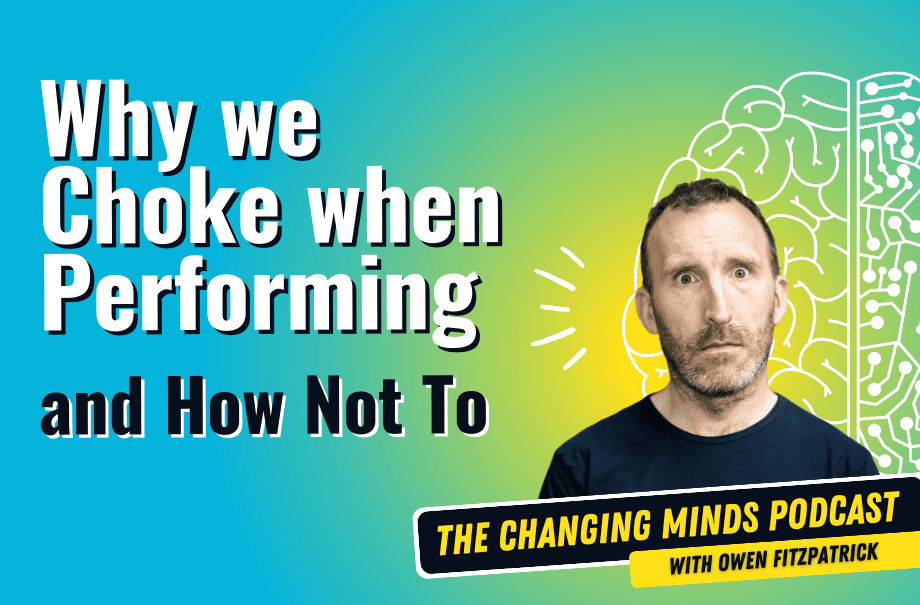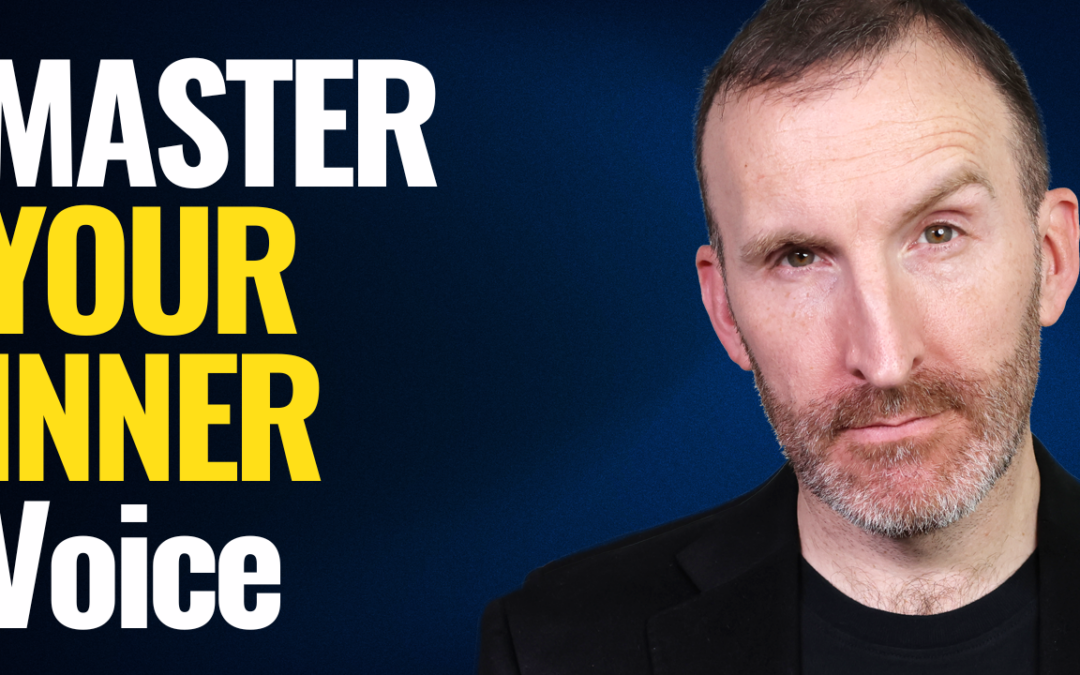Jonah Berger is a great author of a number of NYT bestselling books on Psychology and Social Influence. This episode, we explore Contagious and how ideas can take off and become viral. Worth checking out!
Jonah is a professor of marketing at the Wharton School who specializes in how social dynamics influence decision making. He is the author of multiple best selling books on influence and marketing.
While quality, price, and advertising contribute to products and ideas being successful, word of mouth is more effective than traditional advertising for two reasons:
- It’s more persuasive. Word of mouth recommendations are more objective and candid, so we are more likely to trust and listen to them.
- It’s more targeted. We share information and stories with people who will find our information relevant and interesting.
Six principles of contagiousness:
Principle I: Social Currency
Do people look good talking about it? rather look smart than dumb, rich than poor, and cool than geeky.
Secrets work. Remarkable works. Compared to others work. please don’t tell bars.
1. Find inner remarkability
Remarkable things are unusual, extraordinary, or worthy of notice or attention. Something can be remarkable because it is novel, surprising, extreme, or just plain interesting.
2. Leverage game mechanics
Game mechanics include rules and feedback loops that make things fun.
Game mechanics boost word of mouth because people want to show off their achievements, but along the way, they talk about the brands (e.g., Delta or Twitter) or domains (e.g., our golf handicaps or kids’ SAT scores) where they achieved.
3. Make people feel like insiders
People enjoy feeling like insiders. There two mechanisms that make people feel like insiders:
- Scarcity
- Exclusivity
Caveat for driving referrals
In some cases, people who refer others to your product or service for free will stop referring people once you start paying them. This happens because you have taken away the person’s intrinsic motivation to share something helpful with a friend with a financial incentive that may feel “dirty.”
2. Triggers: Products need to be put back on the top of people’s minds
(song Friday) French music french wine. Break Kit Kat (my example)
How do we remind people to talk about our products and ideas? Triggers stimulate people to think and talk about your product, idea, or service.
When triggering people to think about your product (and to think about it at the right time), they will be more likely to engage with and share your product.
When it comes to triggers, there are two important factors:
- Frequency
- Strength of link
Trigger Examples
- Mars Candy Company:
- Kit Kat:
How to evaluate triggers
- Consider the context.
- What cues make people think about your product or idea?
- How can you grow the habit and make it come to mind more often?
3. Emotion: People need to feel something to share something
Anger and Anxiety then Awe. Contentment and Sadness not good
More arousal = more sharing.
Positive more than negative shared except.
How to evaluate emotion
- Focus on feelings.
- Does talking about your product or idea generate emotion?
- How can you kindle the fire?
4. Public: People need to see others using our product or engaging in the desired behavior. Making things more observable makes them more likely to be imitated.
Can people see when others are using our product or engaging in our desired behavior? Making things more observable makes them easier to imitate, which makes them more likely to become popular.
Apple logo on laptops doesn’t face you when the laptop is closed?
Jobs realized that seeing others do something makes people more likely to do it themselves. He wanted an observer to see the Apple logo the right way, making it more enticing for them to want to buy it.
The Power of Social Proof
When people are free to do what they want, they often imitate others. They look to other people to determine what is good or right about a product or situation. That’s why we assume that the longer the line at a restaurant, the better the food.
The Two Components of Social Proof
- Self-advertising
- Behavioral residue
Observability has a huge impact on whether products and ideas catch on. Why? Because observable things are also more likely to be discussed. The more public a product or service is, the more it triggers people to take action.
One way to make things more public is to design ideas that advertise themselves. Every email sent from Hotmail, for instance, had a link that said, “Get Your Private, Free E-mail from Hotmail at www.hotmail.com.”
Designing products that advertise themselves is a particularly powerful strategy for small companies or organizations that don’t have a lot of resources.
If something is built to show, it’s built to grow.
How to evaluate public
- Does your product or idea advertise itself?
- Can people see when others are using it?
- If not, how can you make the private public?
- Can you create behavioral residue that sticks around even after people use it?
5. Practical value: It has to appear useful. People like to help others, so showing how they can help others makes them more likely to share it.
If something is less than $100, describe discounts in percentages (20% off of $25 instead of $5 off). If it’s above $100, use dollar amounts ($250 off of $1000 instead of 25% off).
If you can help someone save time and money, make them seem better to others, or help them have a more enjoyable time, you’re adding practical value.
Reference Points and Value
Diminishing Sensitivity and Discounts
The rule of 100
How to evaluate practical value
- Does talking about your product or idea help people help others?
- How can you highlight incredible value, packaging your knowledge and expertise into useful information others want to disseminate?
6. Stores: People don’t share information, they share stories. How do you wrap it in a larger narrative. Easier to relate to statistics.
Narrower content can be shared more because it makes people think of a specific person it’s relevant to.
Just make sure that the story has to do with the product.
People don’t just share information, they tell stories. Stories help us transmit information to others. They engage our emotions, motivating us to feel and take action.
To spread an idea, you need to wrap the idea into a broader narrative.
How to evaluate stories
- What is your Trojan Horse?
- Is your product or idea embedded in a broader narrative that people want to share?
- Is the story not only viral, but also valuable?
Podcast: Play in new window | Download








